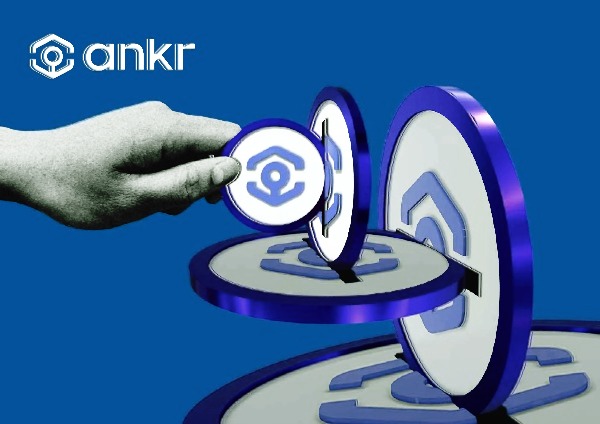
Whenever the subject of token utility arises, it often feels as though many have this unshakeable image in their heads of a person strolling into 7-Eleven, handing their trusty cryptocurrency card to the cashier and walking out with a savory box of Milk Duds. Their underlying assumption about crypto is that it should function more or less like a digital equivalent of cash, even if its usage is not restricted exclusively to the purchase or sale of physical goods. In reality, crypto utility can take on radically different forms. Occasionally, it can be straightforward, such as in the case of simple on-chain transactional (or “gas”) fees. In other instances, token utilization can be a more elaborate, creative or even boringly technical enterprise. This brings us to the topic of Ankr. While the Ankr token does have some conventional uses (staking, etc), its usage is unique in that it is intrinsically woven into the economic machinations of the Ankr infrastructure itself.
While the Ankr token’s use cases may not have been obvious to the casual observer, the recently updated Ankr Whitepaper spells them out in crystal clear terms. I highly encourage people to read through the new Ankr Whitepaper by the way. It’s one of the most comprehensive (seriously, this thing is like the Magna Carta of whitepapers) documents I’ve encountered in crypto and articulates every facet of the project in a detailed and logical manner.
As of this writing, the Ankr token has several distinct uses, most of which are systemically tied to interaction with the Ankr network. For example: Ankr tokens can be used directly to pay for Ankr Network Premium Plans as part of a pay-as-you-go model. This seems fairly self-explanatory, and it’s only logical that Ankr tokens would be an accepted/required form of payment for various Ankr services. The actual rationale behind this though is a little more practical and for the benefit of network users. Since users will pay for each request they make to the blockchain, developers won’t end up overpaying for annual substriptions. RPC request costs are transparent and vary according to the amount of resources required.
As one might expect, Ankr tokens are also used to reward node providers for serving traffic on the network. However, one critically important usage that I’m willing to bet most people are not aware of is that in order to become eligible to serve traffic and receive rewards, independent node providers are required to provide 100,000 ANKR as a self-stake, which acts as a form of collateral/insurance and policy. That is a pretty substantial use case, and—as the number of node providers increases—one can imagine just how much ANKR will have to be bought on the open market by those who wish to partake in this service.
On the adjacent side of things, ANKR tokens are also distributed as rewards to stakers who are responsible for helping to secure the network. They are also used as a means of payment for independent node auditors. Additionally, the token can be used to vote on proposals in the DAO as well. Are you starting to see a pattern here? The Ankr token has been integrated into every layer of engagement within the network. To put it crudely, ANKR is the grease that keeps the wheels moving and the Web3 factory churning.
While you may not yet see people paying for that box of Milk Duds or bag of Funyuns with ANKR at their local 7-Eleven, if one were to actually use the ANKR network (as more and more Web3 movers and shakers are) they would see ANKR token utility in every direction. As Ankr’s infrastructure continues to establish itself as one of the integral pillars of Web3 construction, expect the ANKR network economy to grow in size and scope. A correlating increase in ANKR token utility comes pre-baked into that cake.
